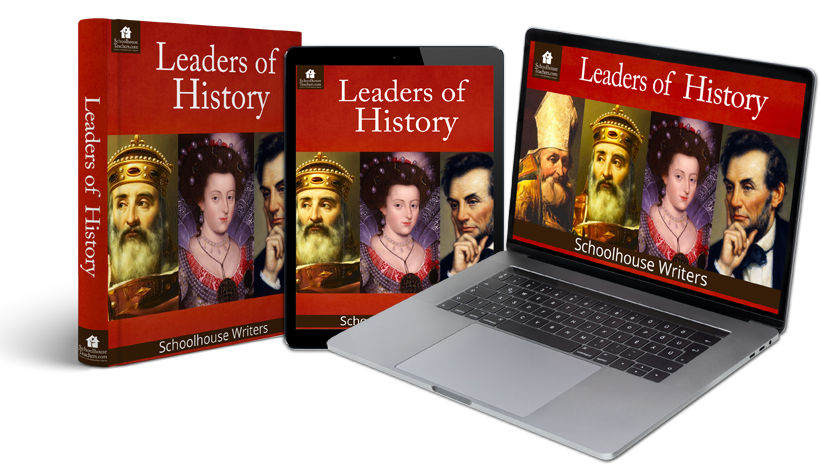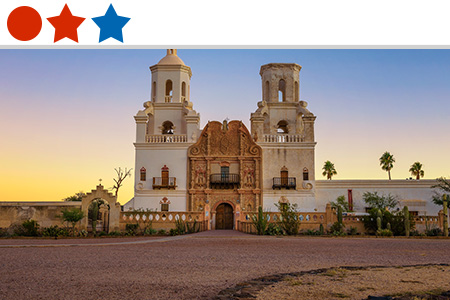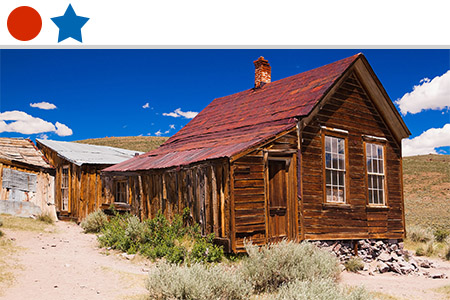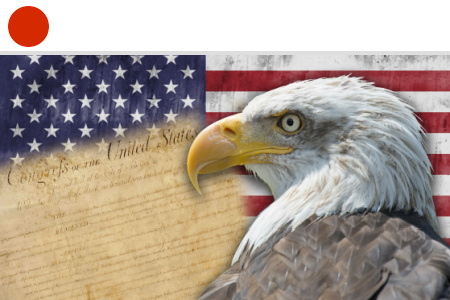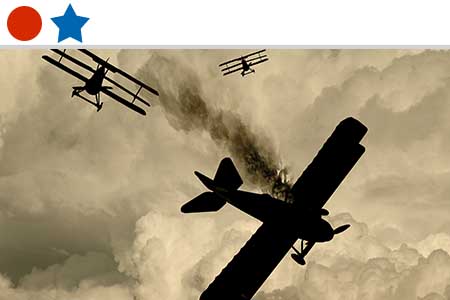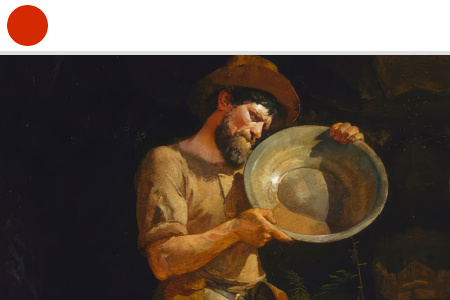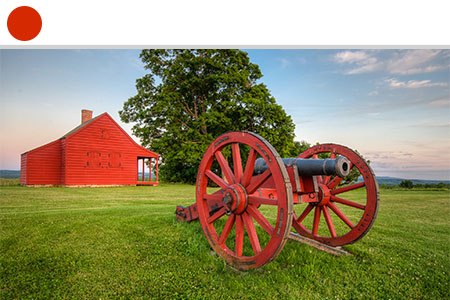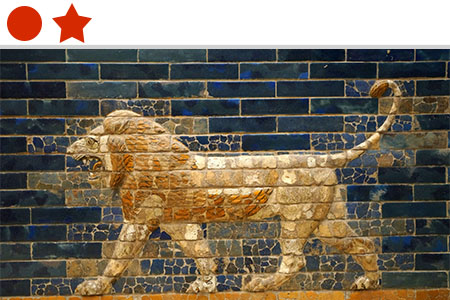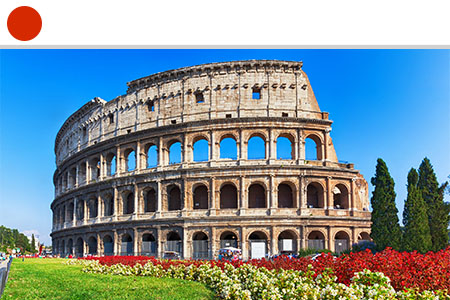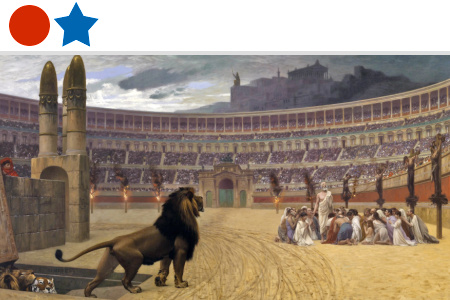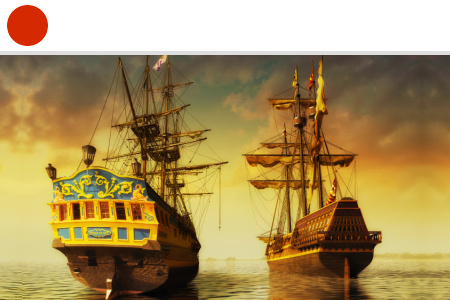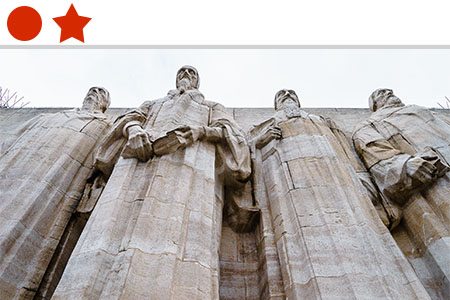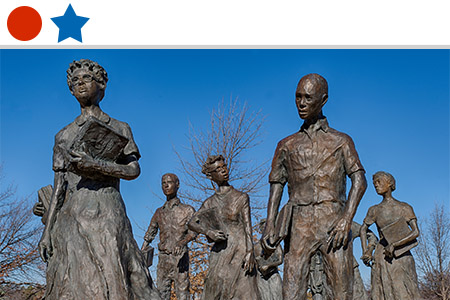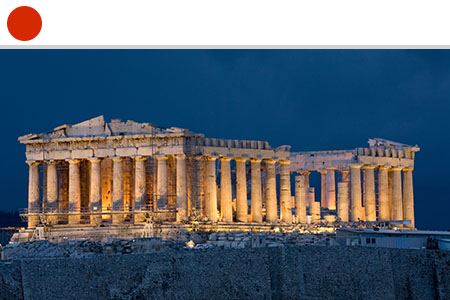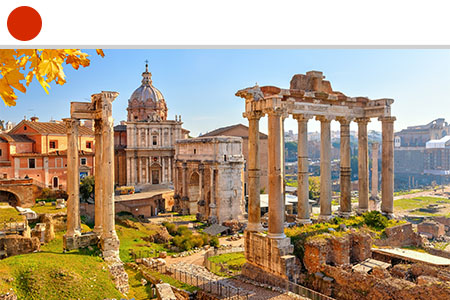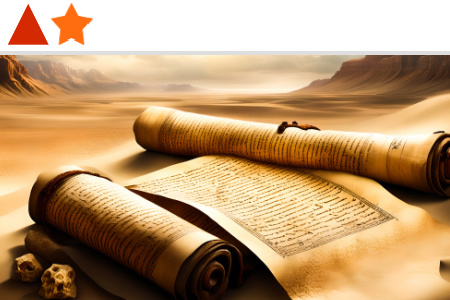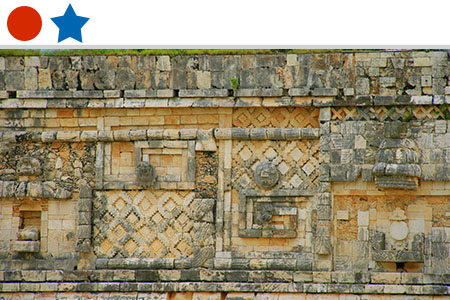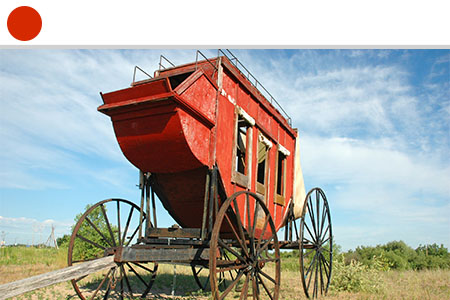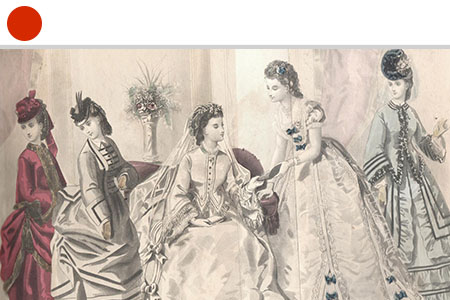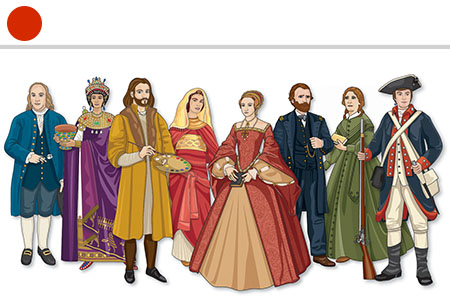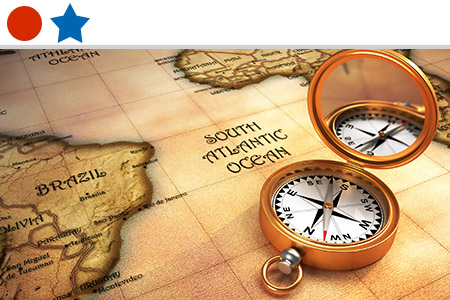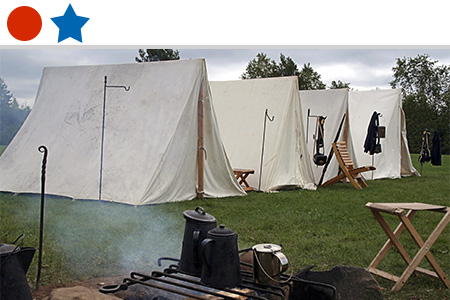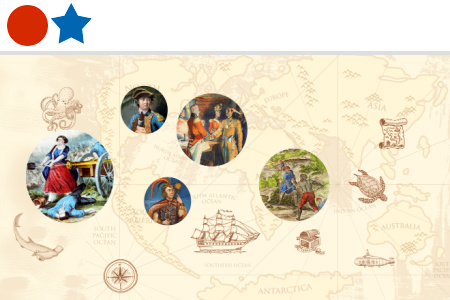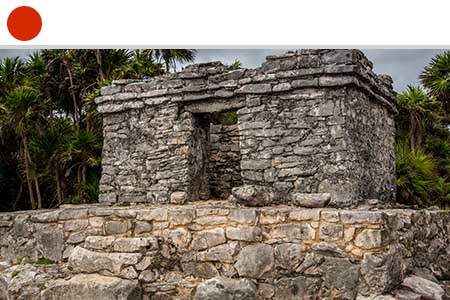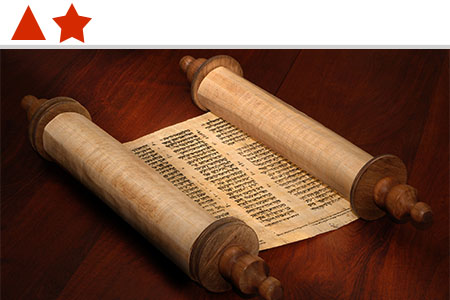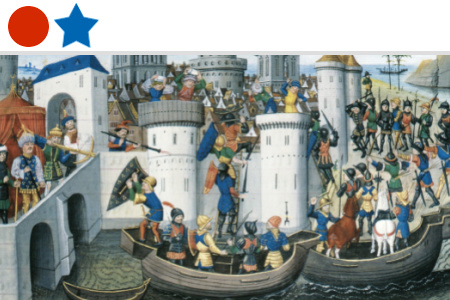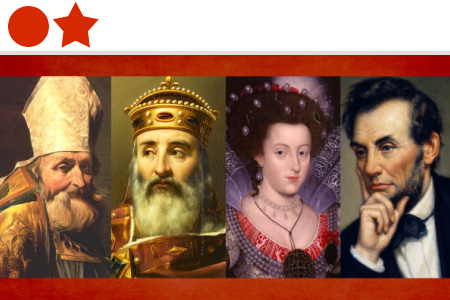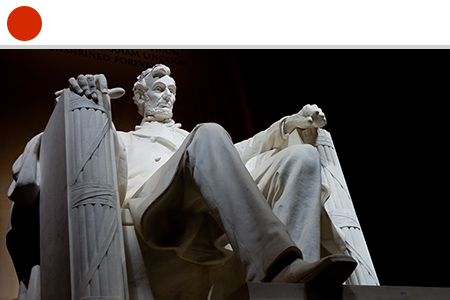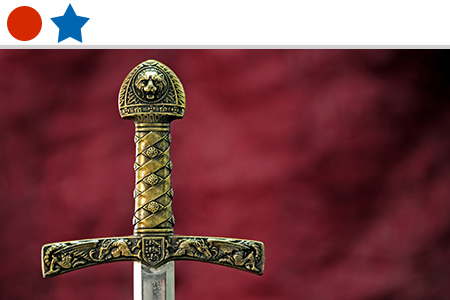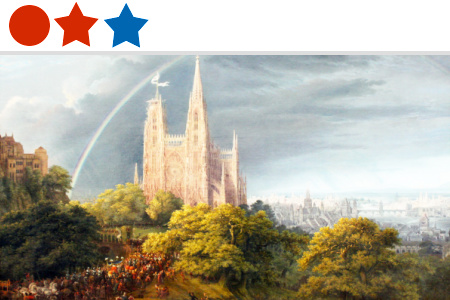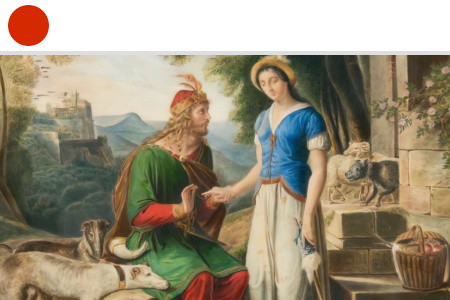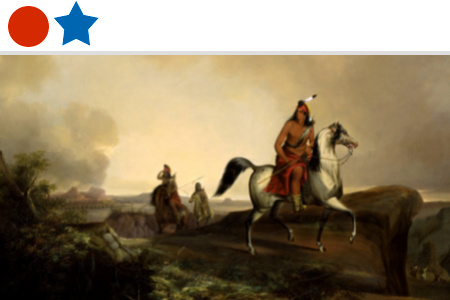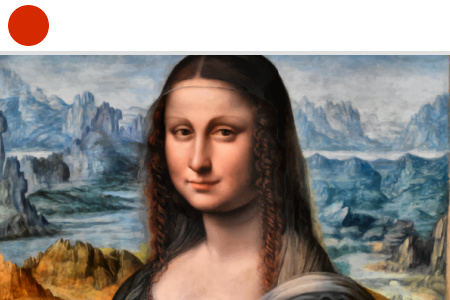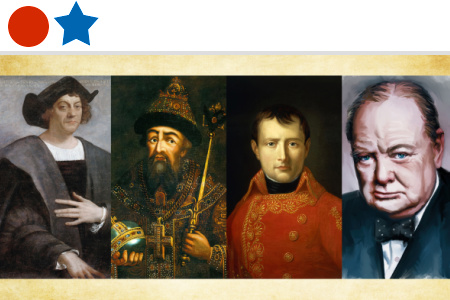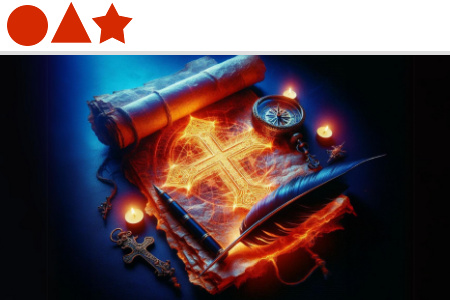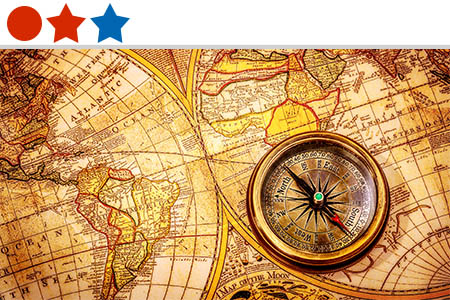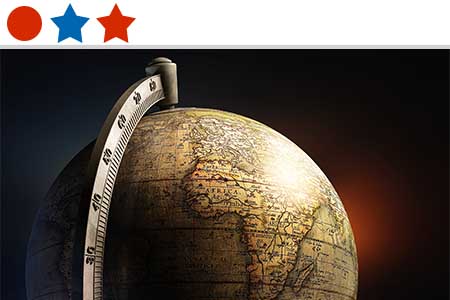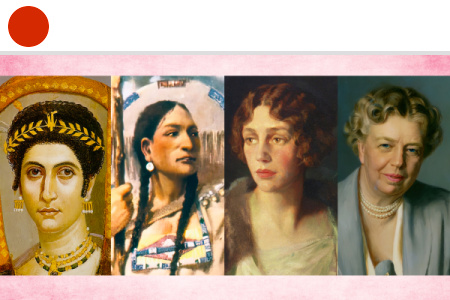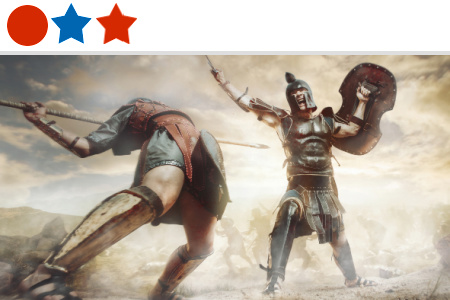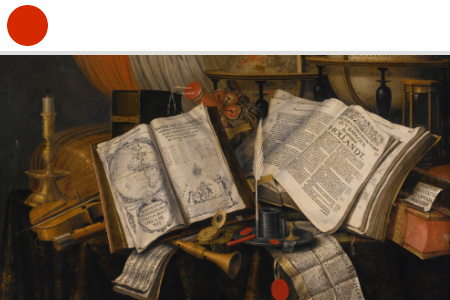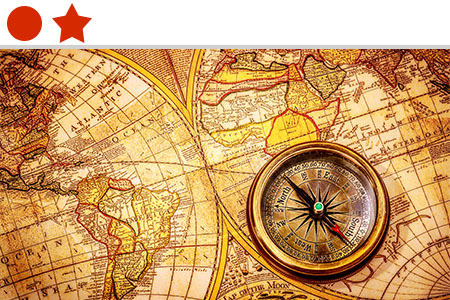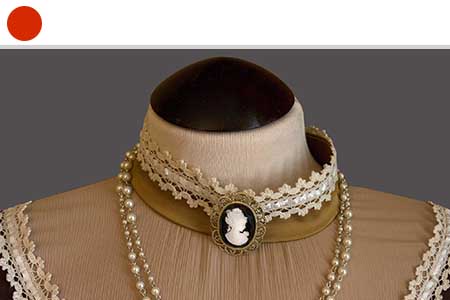Leaders of History Homeschool History Course Sample
To view a full sample of this class, click here.
Leaders of History
CYRUS THE GREAT
Circa 559–529 BC
One of the most prominent and romantic characters in the history of the Asian world, before its conquest by Alexander of Macedon, is Cyrus the Great; not as sage or prophet, not as the founder of new religious systems, not even as a lawgiver, but as the founder an organizer of the greatest empire the world has seen, next to that of the Romans. He was practically the las of the great Asiatic emperors, absorbing in his dominions those acquired by the Assyrians, the Babylonians, and the Lydians. He was also the first who brought Asia into intimate contact with Europe and its influences, and thus may be regarded as the link between the old Asian world and the Greek civilization.
This renowned name of Cyrus represents the Persian power, the last of the great monarchies that ruled the Asian world until its conquest by the Greeks. It is widely believed that Persia came suddenly into prominence in the middle of the seventh century before Christ. Prior to this time, it was comparatively unknown and unimportant, and was one of the dependent provinces of Media, whose religion, language, and customs were not very dissimilar to its own.
Persia was a small, rocky, hilly, arid country about three hundred miles long by two hundred and fifty wide, situated south of Media, having the Persian Gulf as its southern boundary, the Zagros Mountains on the west separating it from Babylonia, and a great and almost impassable desert on the east, so that it was easily defended. Its population was composed of hardy, warlike, and religious people, condemned to poverty and incessant toil by the difficult of getting a living on sterile and unproductive hills, except in a few favored localities. The climate was warm in summer and cold in winter, but on the whole more temperate than might be supposed from a region situated so near the tropics – between the twenty-fifth and thirtieth degrees of latitude. It was an elevated county, more than three thousand feet above the sea, and was favorable to the cultivation of the fruits and flowers that have ever been most prized, but vigilance and incessant toil were necessary, turning easily from agricultural labors to the fatigues and dangers of war. The real wealth of the country was in the flocks and herds that browsed in the valleys and plains. They could boast of no large city, like the Median Ecbatana, or like Babylon – Pasargadae, their ancient capital, being comparatively small and deficient in architectural monuments. The people lived chiefly in villages and hamlets, and were governed, like the Israelites under the Judges, by independent chieftains, none of whom attained the rank and power of kings until about one hundred years before the birth of Cyrus.
It is generally admitted that these people came from a branch of the Aryan family, whose original settlements are supposed to have been on the high table-lands of Central Asia east of the Caspian Sea, probably in Bactria. They emigrated from that dreary and inhospitable country. Conquering or driving away Turanian tribes and migrating to the southwest in search of more fruitful fields and fertile valleys, they found a region which has ever since borne a name – Iran – that evidently commemorated the proud title of the Aryan race. All theories as to their movements before their authentic history begins are based on conjecture and speculation.
While the Iranians worshipped a supreme deity of goodness, they also recognized a supreme deity of evil, but the final triumph of the good was a conspicuous article of their faith. In close logical connection with this recognition of a supreme power in the universe was the belief of a future state and of future reward and punishments.
In process of the time the priests of the Zoroastrian (monotheistic pre-Islamic) faith became unduly powerful and enslaved the people by many superstitions, such as the multiplication of rites and ceremonies and the interpretation of dreams and omens. They united spiritual with temporal authority, as a powerful priesthood is apt to do – a fact which the Christian priesthood of the Middle Ages made evident in the Occidental world.
In the time of Cyrus, the Magi (priests of ancient Persia) had become a sort of sacerdotal (priestly) caste. They were the trusted ministers of kings and exercised a controlling influence over the people. They assumed a stately air, wore white and flowing robes, and were adept in the arts of sorcery and magic. They were even consulted by kings and chieftains, as if they possessed prophetic power. They were a picturesque body of men, with their mystic wants, their impressive robes, their tall caps, appealing by their long incantations and frequent ceremonies and prayers to the eye and the ear.
The Iranians, both Medes and Persians, were acquainted with the art of writing. Darius signed a decree which his nobles presented to him in writing. In common with the Babylonians they used the same alphabetic system, though their languages were unlike – namely, the cuneiform or arrowhead or wedge-shaped characters, as seen in the celebrated inscriptions of Darius on the side of a high rock thirty feet from the ground. We cannot determine whether the Medes and Persians brought their alphabet from their original settlements in Central Asia, or derived it from the Turanian and Semitic nations with which they came in contact.
Of these Persians, Cyrus combined in himself all that was admirable in his countrymen and making so strong an impression on the Greeks that he is presented by their historians as an ideal prince, invested with all those virtues which the medieval romance writers have ascribed to the knights of chivalry.
The Persians were ruled by independent chieftains, or petty kings, who acknowledged fealty to Media; so that Persia was really a province of Media, as Burgundy was of France in the Middle Ages, and as Babylonia at one period of Assyria. The most prominent of these chieftains or princes was Achaemenes, who is regarded as the founder of the Persian monarchy. To this royal family of the Achaemenidae Cyrus belonged. His father Cambyses, called by some a satrap and by others a king, married according to Herodotus, a daughter of Astyages, the las of the Median monarchs.
The youth and education of Cyrus are invested with poetic interest by both Herodotus and Xenophon, but their narratives have no historical authority in the eyes of critics; they belong to the realm of romance rather than authentic history. Nevertheless, the legend of Cyrus is beautiful and has been repeated by all succeeding historians.
Excerpted and adapted from Beacon Lights of History, Volume by John Lord, 1883-1902


